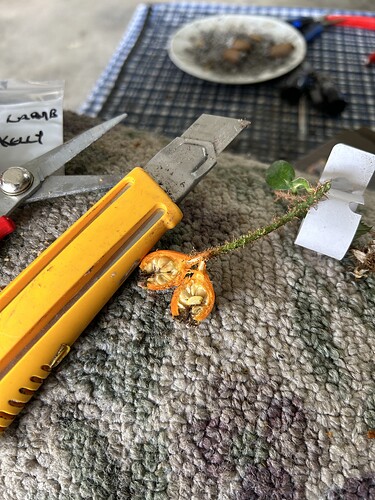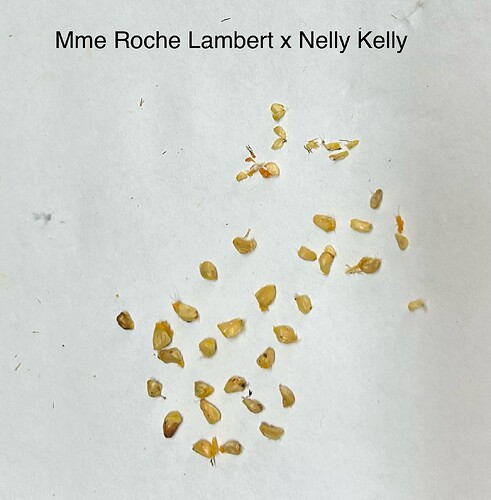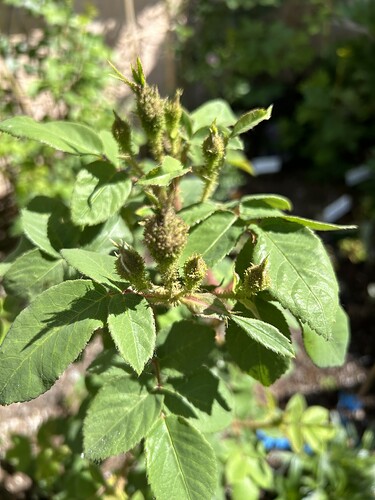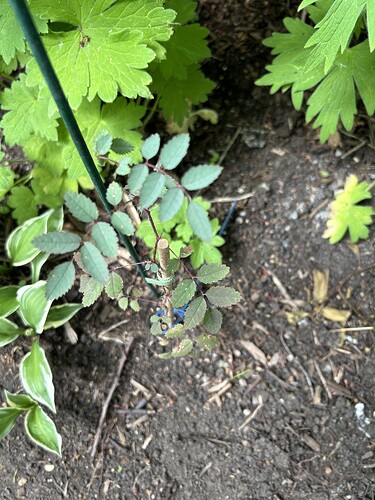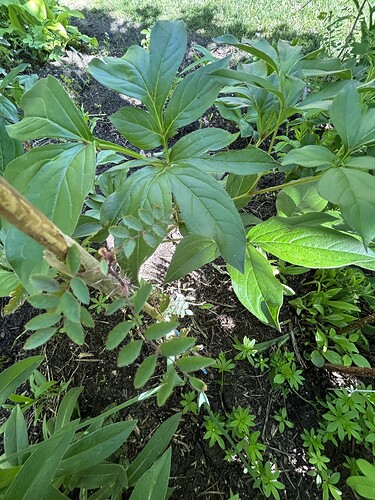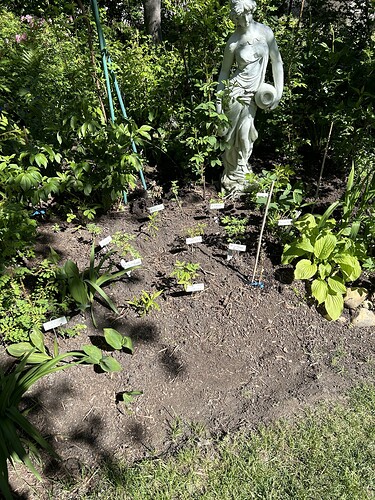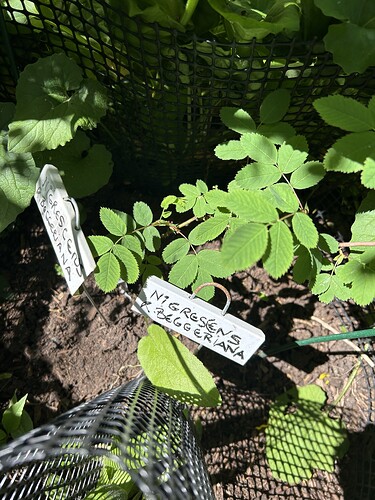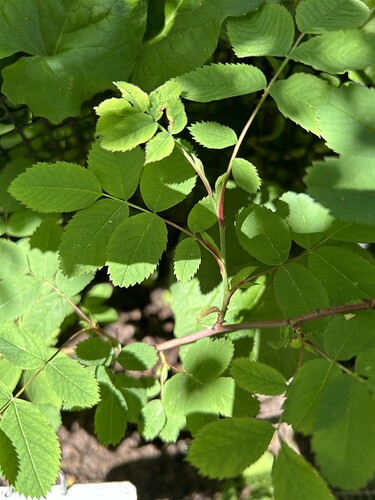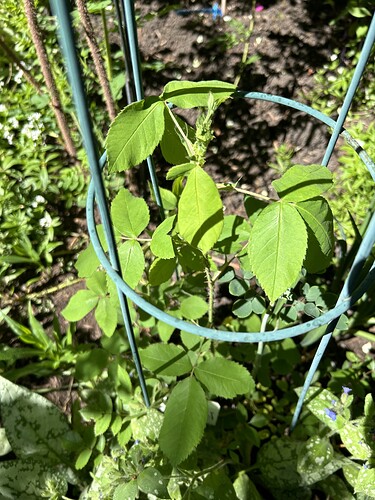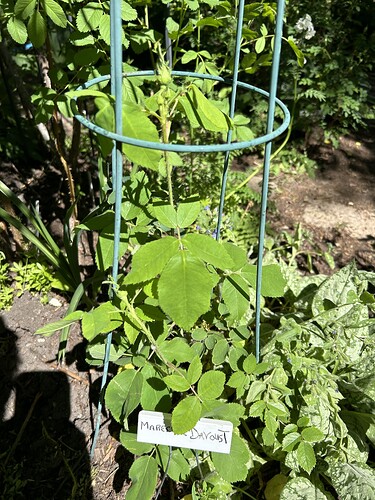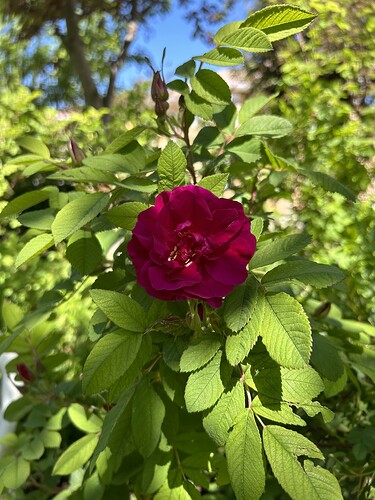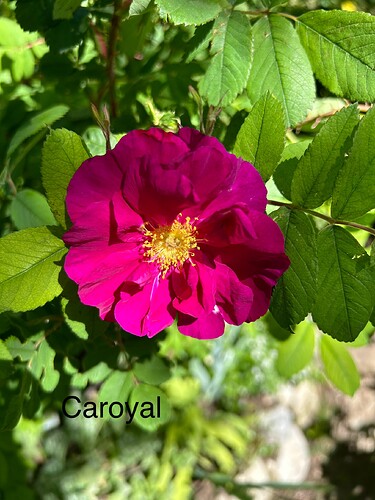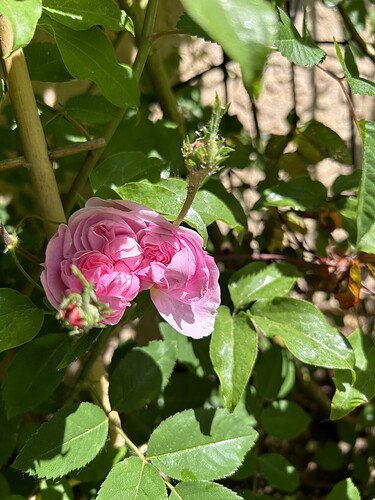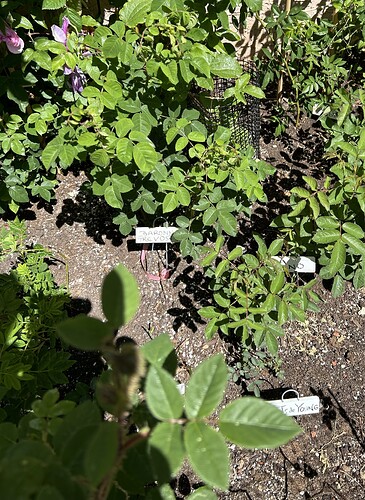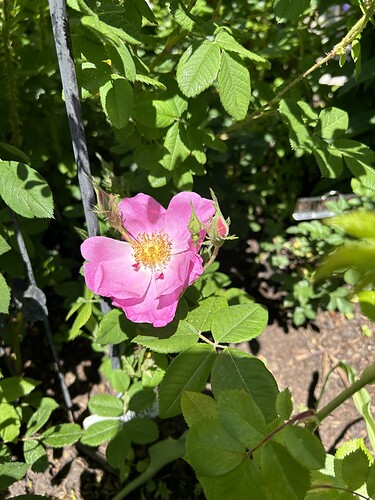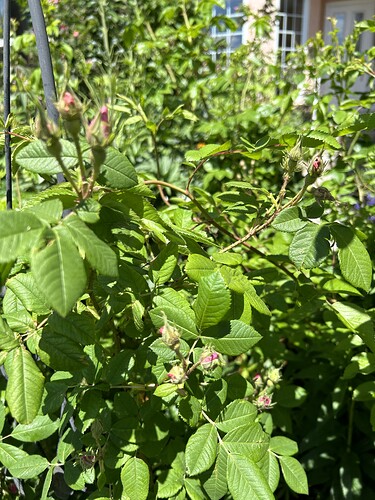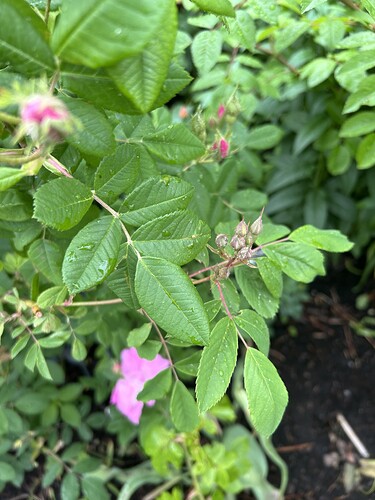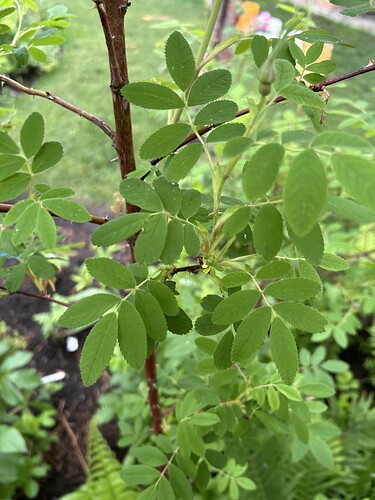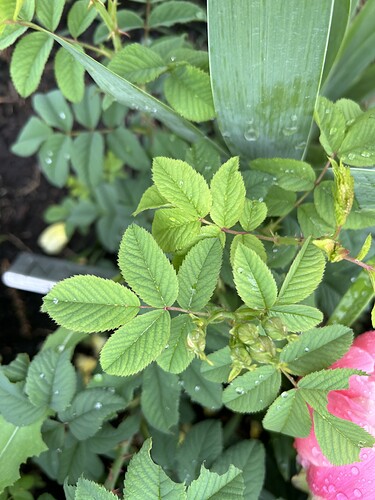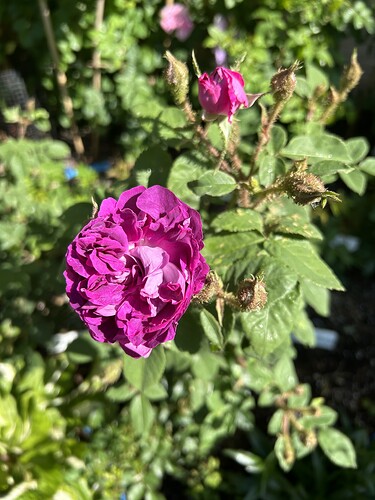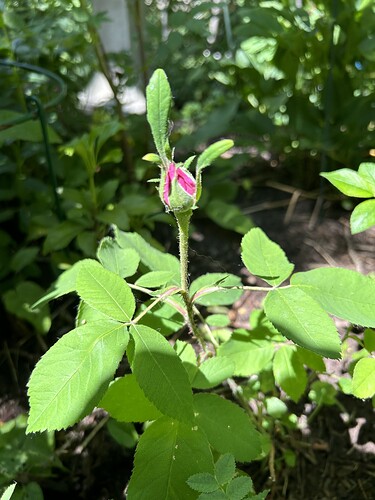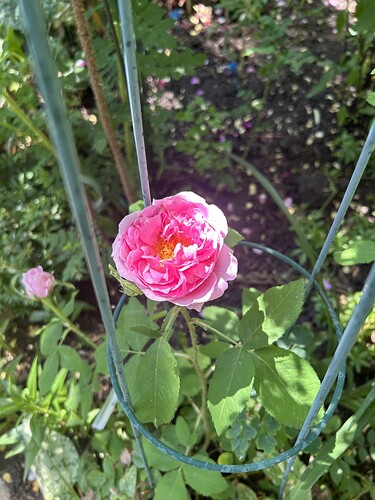July 6
Hi Andre,
Good to hear a successful season, and yes my species et al project was growing during period before Madam’s bloom.
A disjointed scattering of field notes as of to date.
… repeating how impressive a color for Madam, but high summer sun finishes each bloom in 2 days.
Now l remember why only used her as female last year.
Didn’t wait a day as soon as bloom 8-9/10s open, collected stamens and anthers in morning then dried. 1 day later extremely challenging as full bloom and stamen curling makes an extremely tedious watch makers challenge for collecting a reasonable amount of pollen.
Bloom petals not stripped off, left on to enjoy colour (for only 24 hrs) so that increases challenge to collecting, a choice trade off, as winter is the final arbritator on whether it blooms next year.
Must say Celine looks like more amiable for harvesting pollen.
And again history pops up after a long hiatus from bygone mis-adventures in all ogrs classes. Another sidonie maybe showing up in cold back garden after ~ 4-6 years dormancy. Popped up at same location as last. Though dark red bud may be red HP (mat leaves).
Grannie’s Rose not an issue for collecting as a large bloom single with large boss of anthers.
Granny crossed with Madame x2, but many more blooms yet to go as season gets into high gear for tenders. Madame crossed with Schoener’s nutkana.
Have a good end of season and all the best in germinations.
Here are my crosses planned and todate in shorthand. Cross will come and go from list as my season progresses.
Moss crosses started - filled couplets are done and half partners shown are planned.
These rough notes usually end up cleaned up in years spreadsheet that allows noting step results
••June 2024••
xan x suzanne
suzanne x xan
pend x xan
pend x suzanne
suzanne x manning blush
tove x RR1
Manningsx(suzanne+Doorenbs)
ManningsxXan
nutkana x pedulina
madeline’s choice x caroyal
nut x rist
nut x caroyal
hertonmii x caroyal
caroyal x hertonmii
grannies x morden sunrise
••Mdm de la Roche Lambert (F)••
lambert x grannies
x lndian Head
x schon/nut
x pp
x hazel
x alika
x 6910
x caroyal
x L83
x carefree B
x metis
x riel
x nitida
x mordens SR PR / explorers (JC)
x Rds
••Mdm Roche Lambert (M) reverse••
grannies x lambert
x lndian Head
schon x lambert
x pp
x hazel
x alika
x 6910
caroyal x lambert
x L83
x carefree
x metis
x riel
x nitida
x mordens / explorers (JC)
x RDS
regards
Riku
